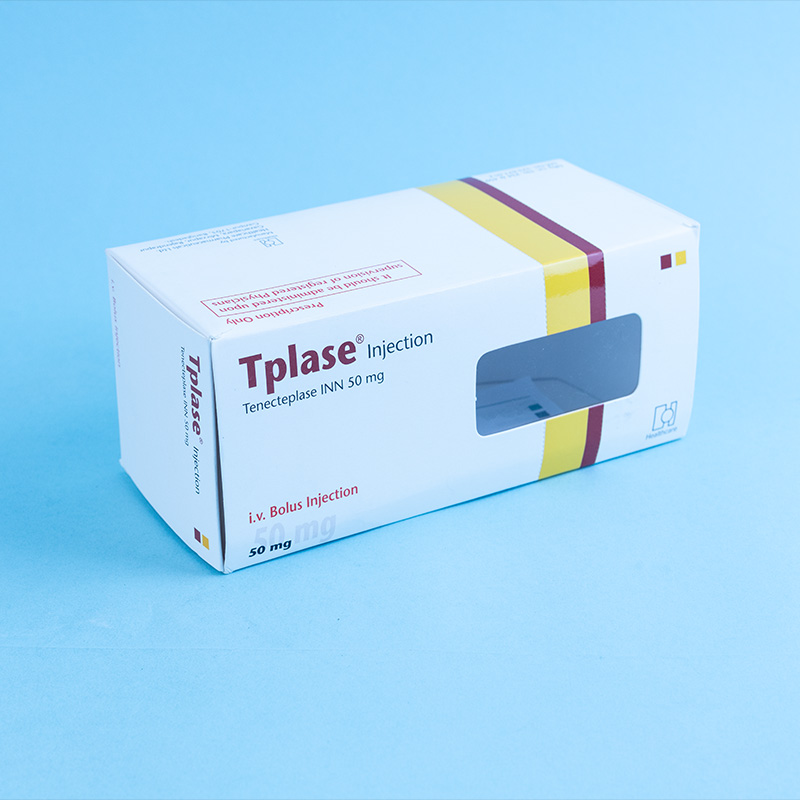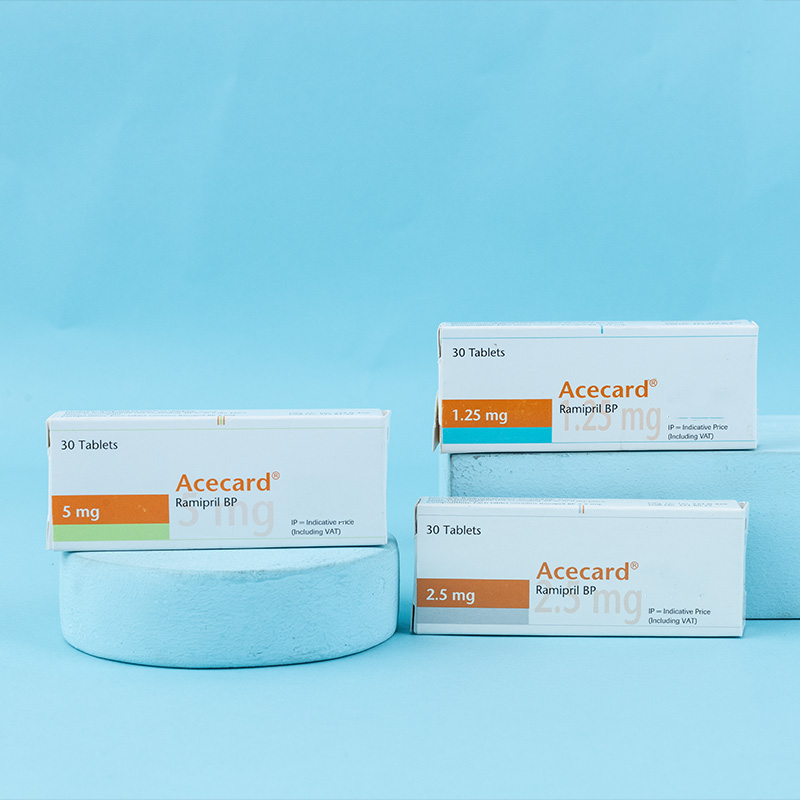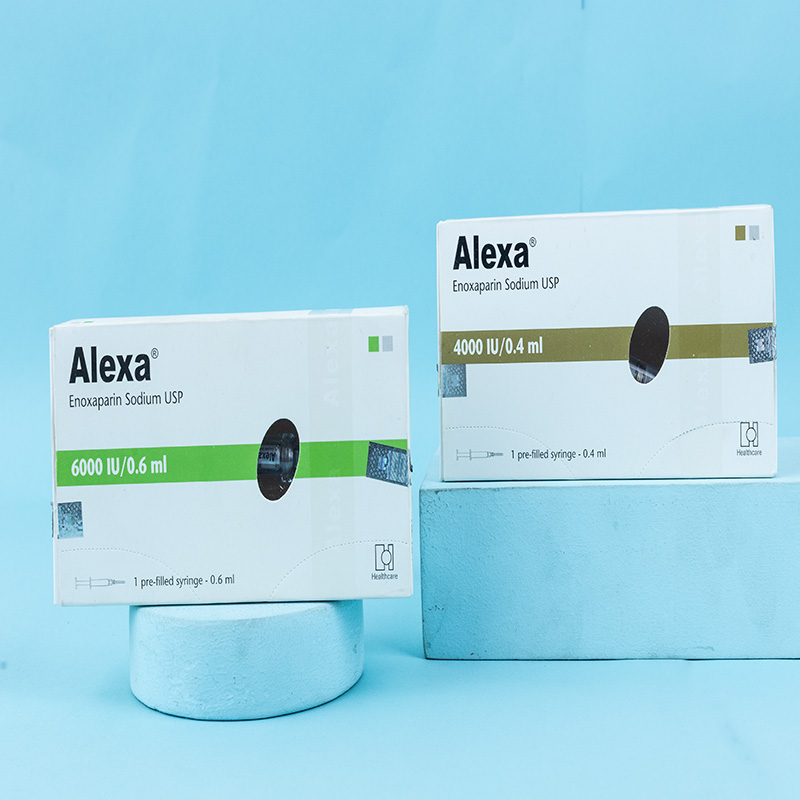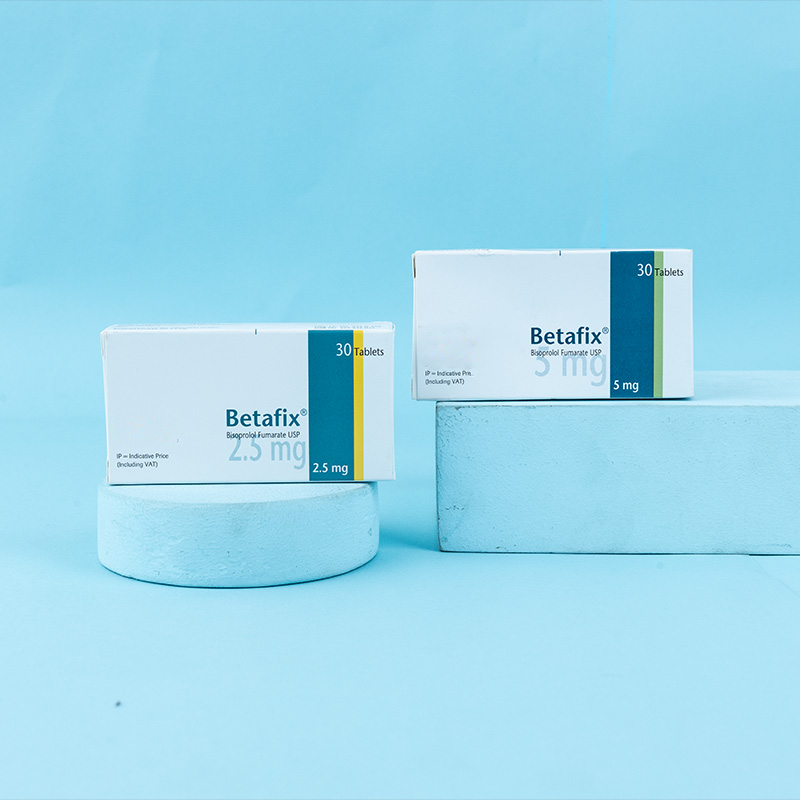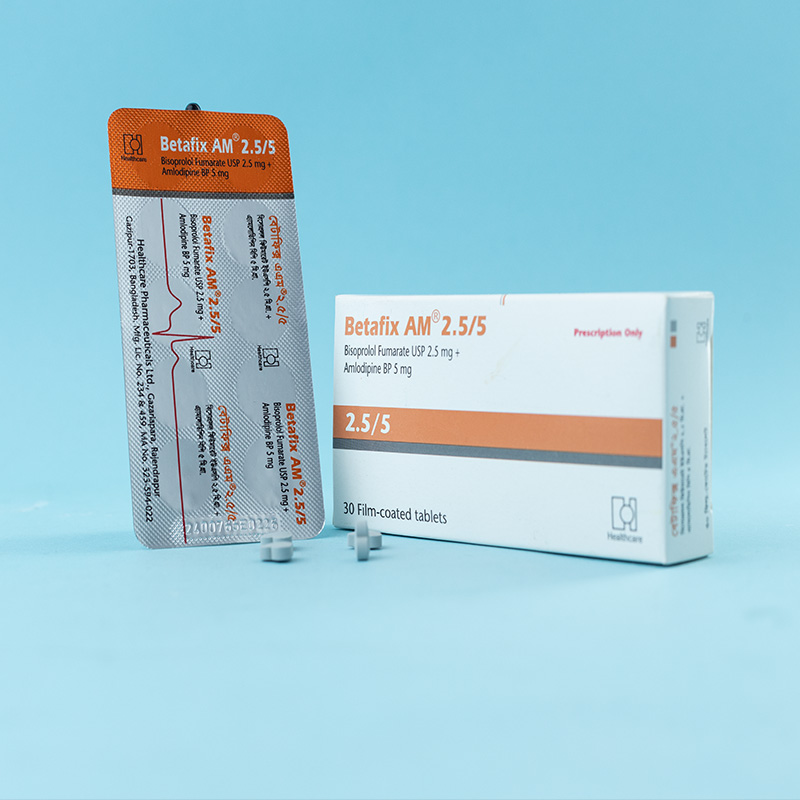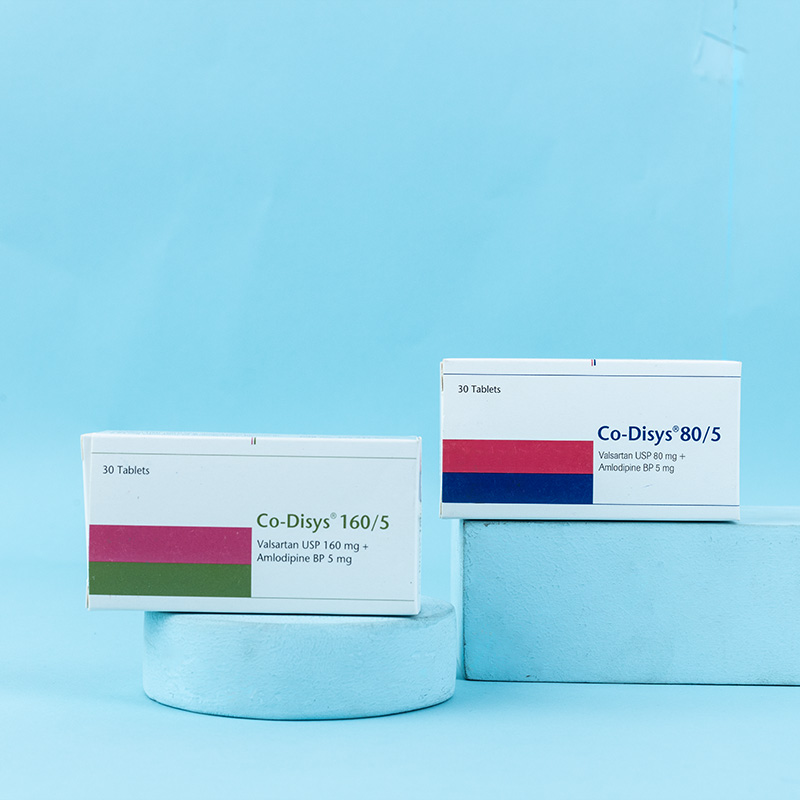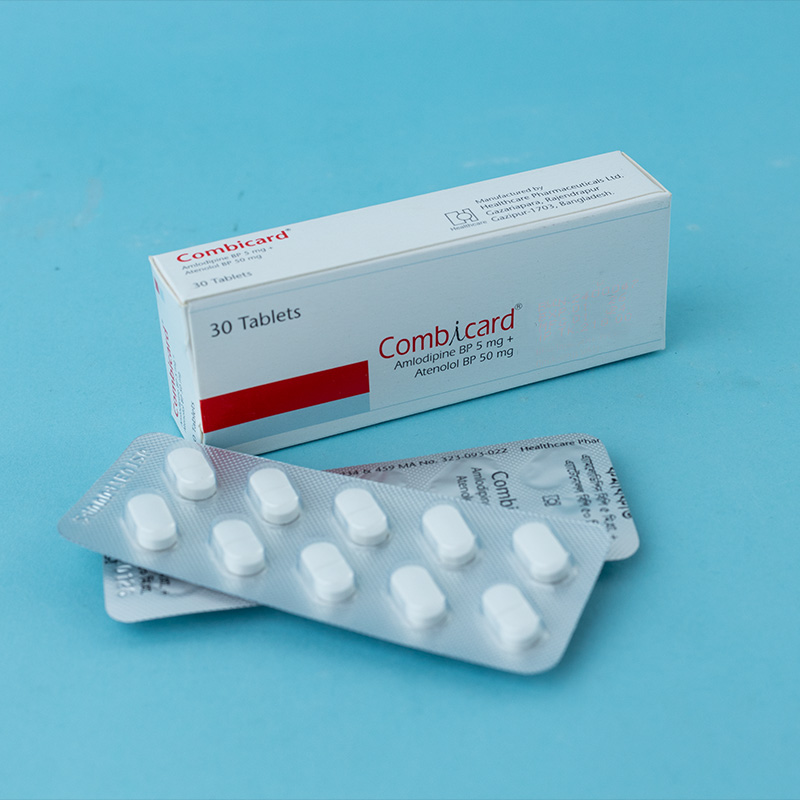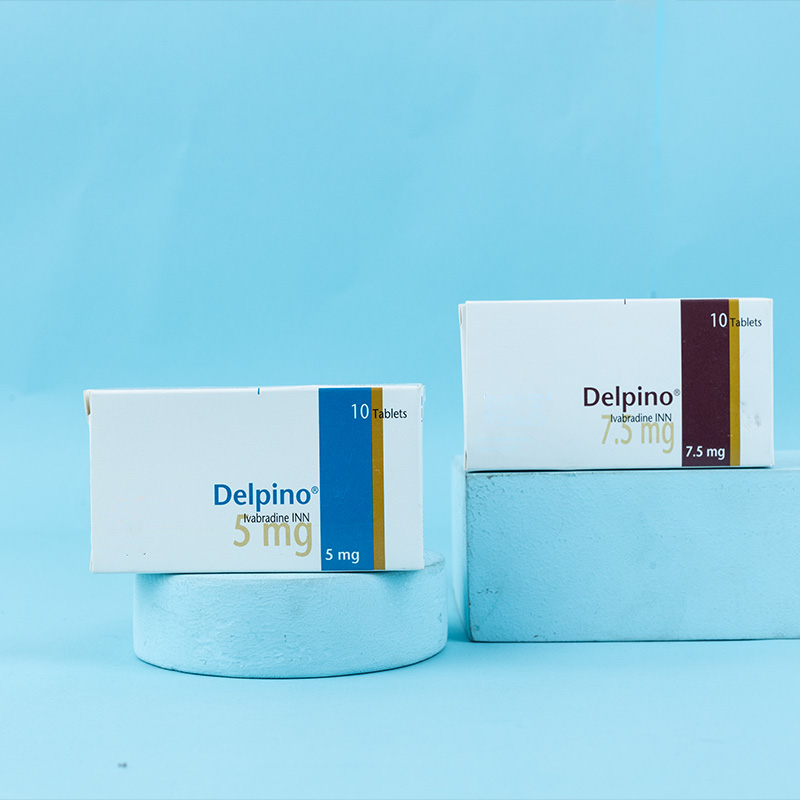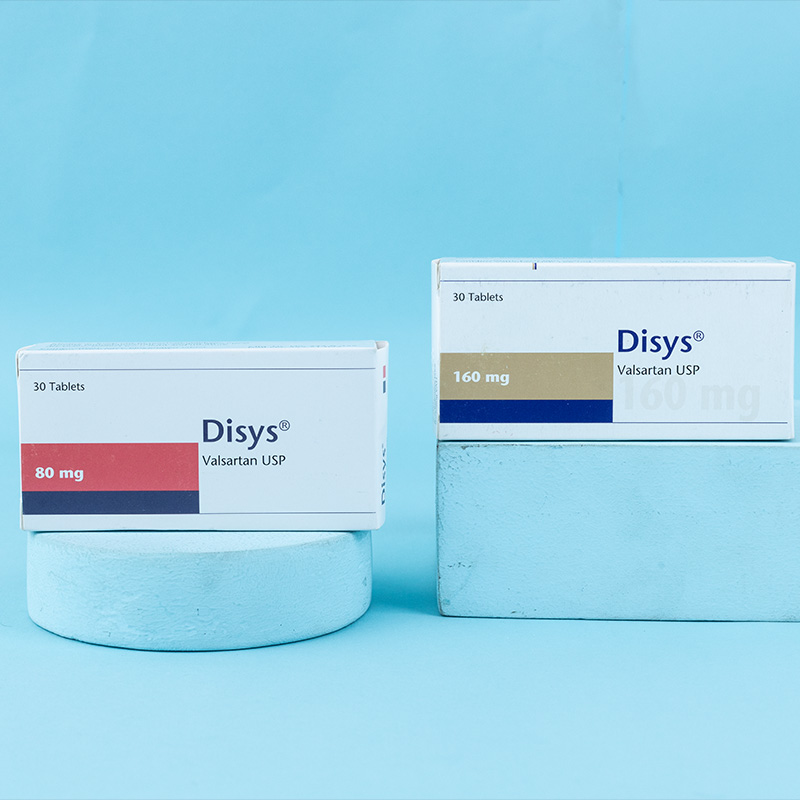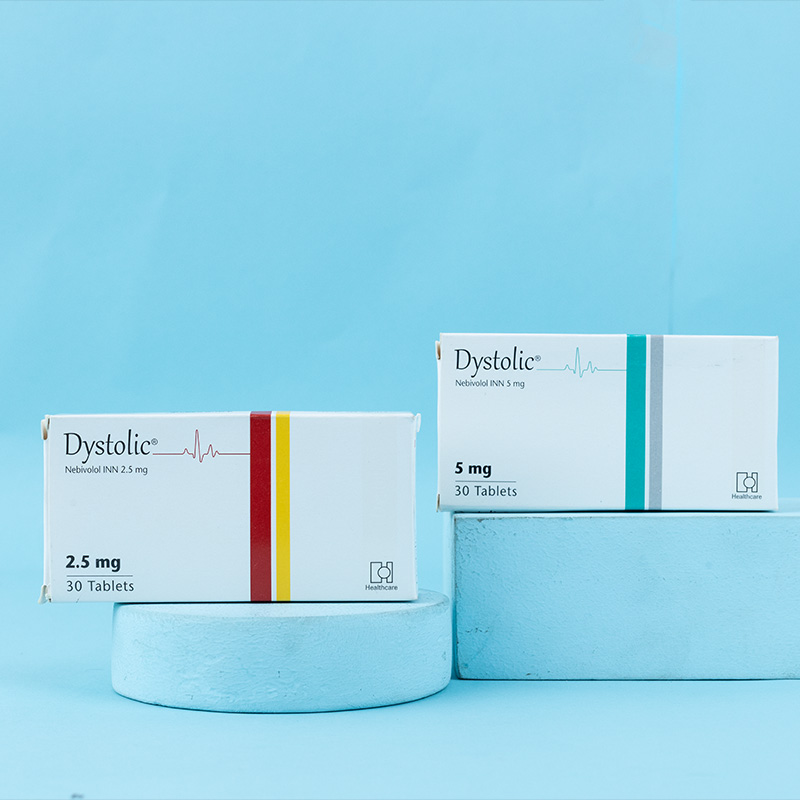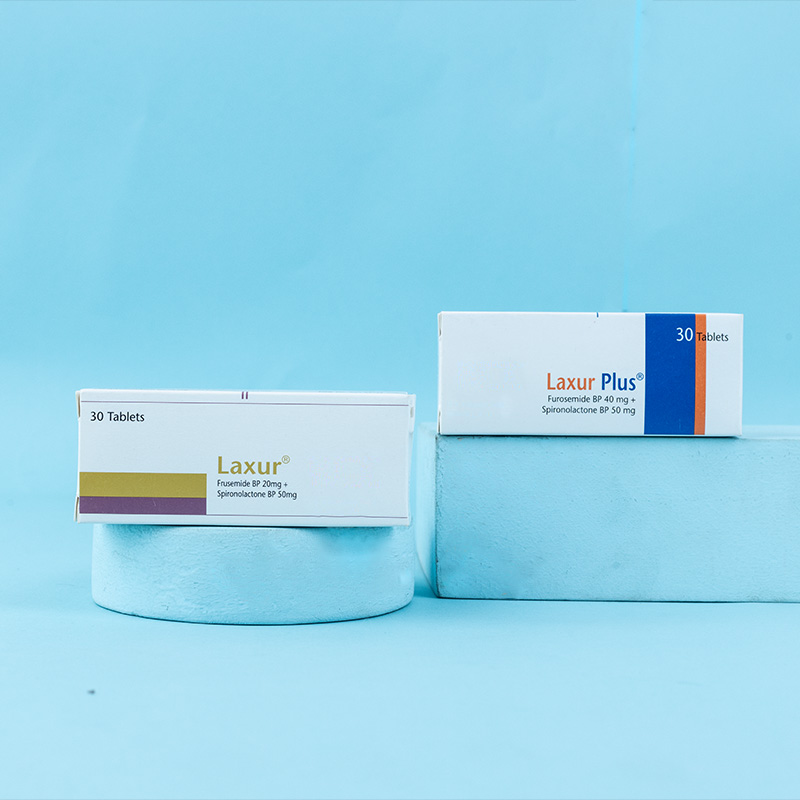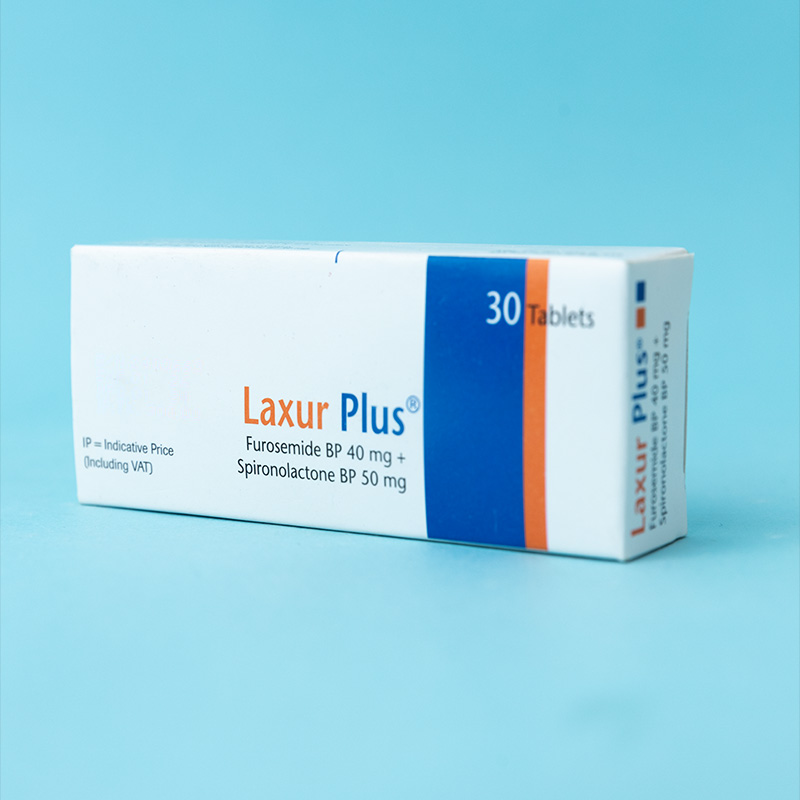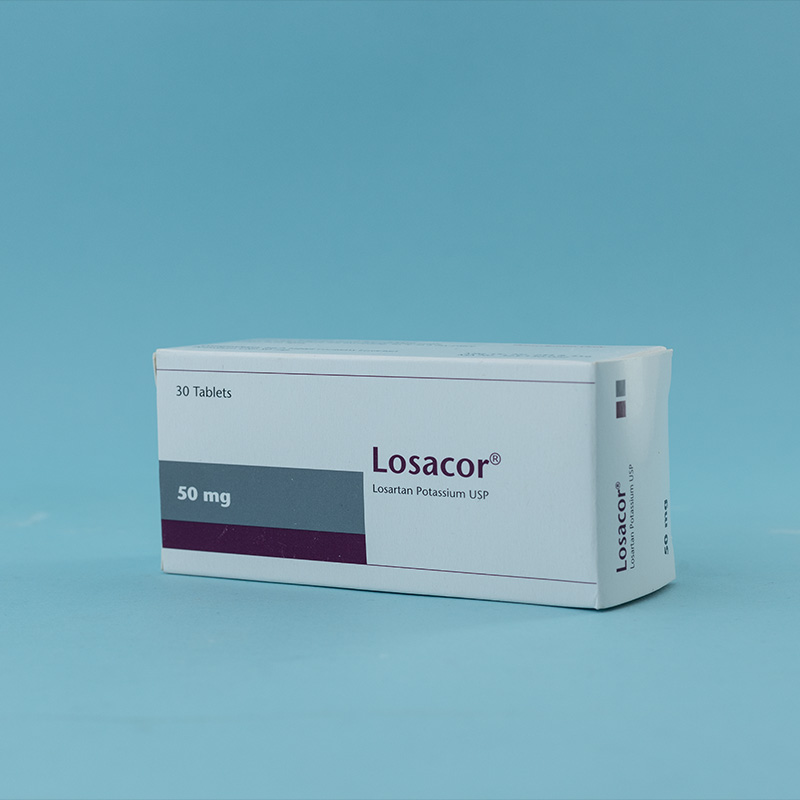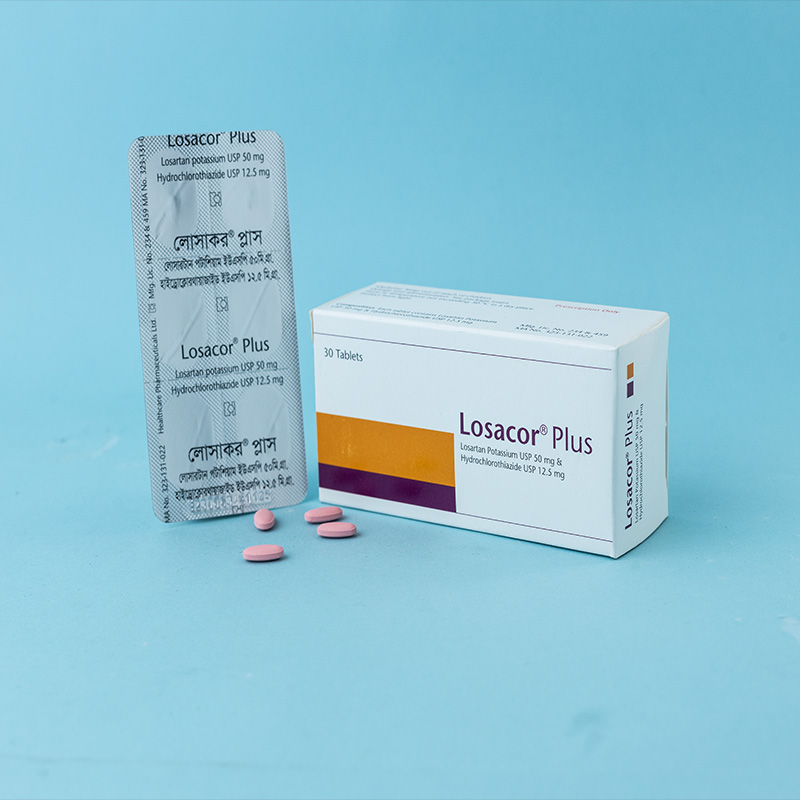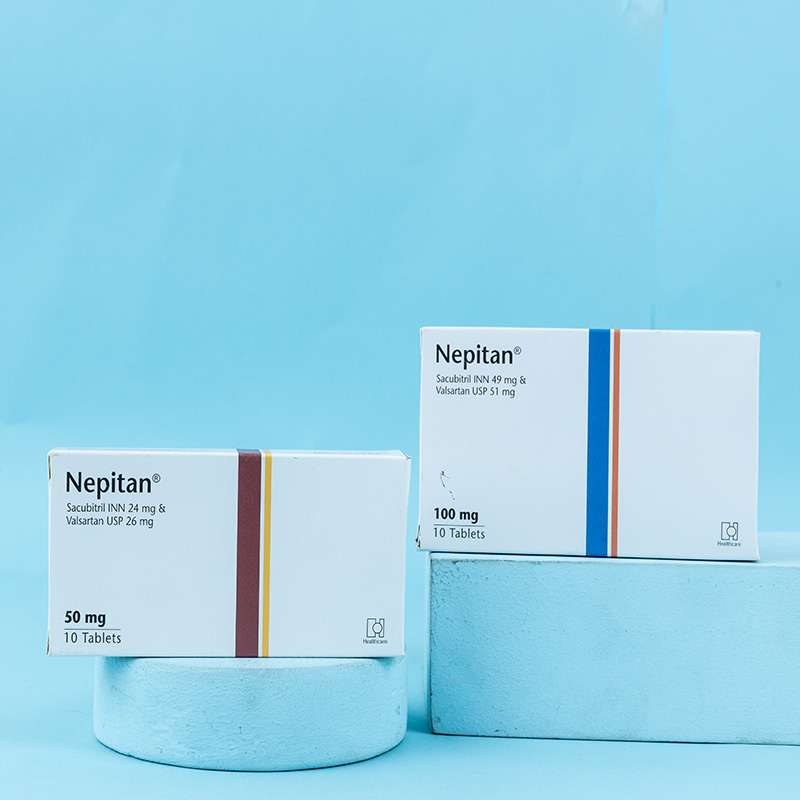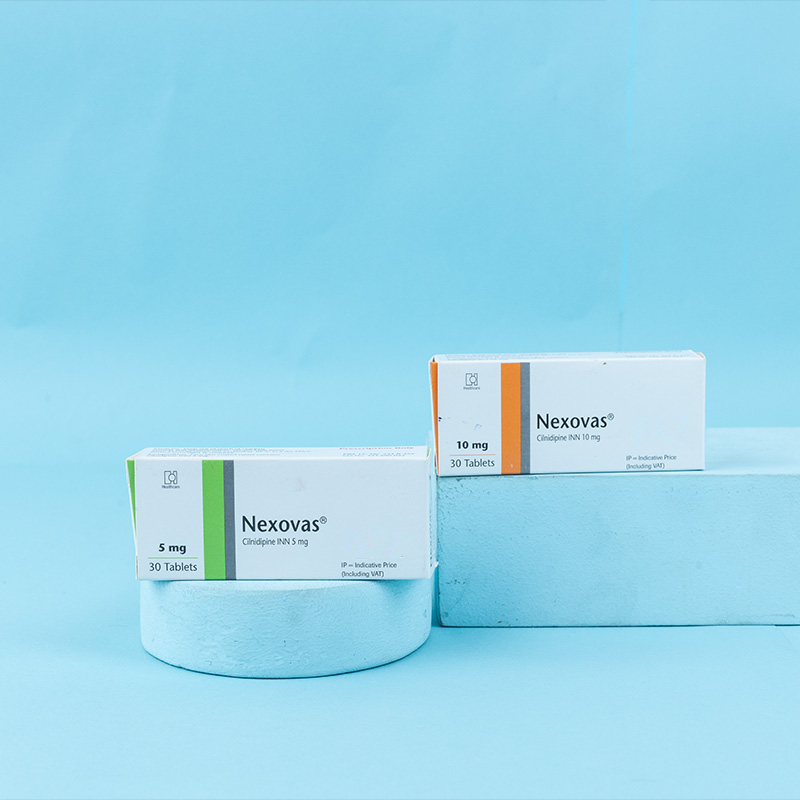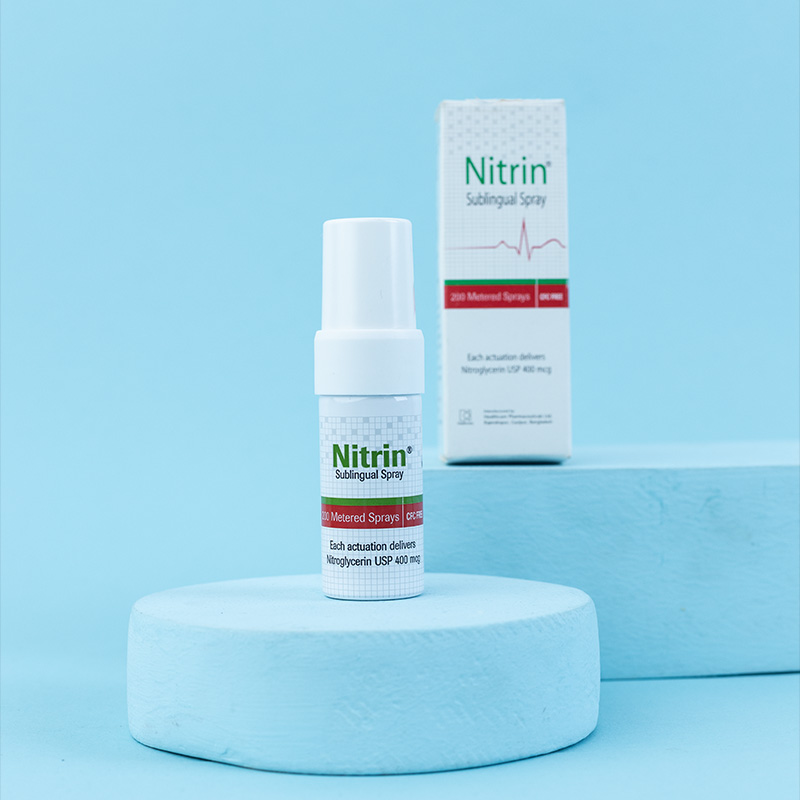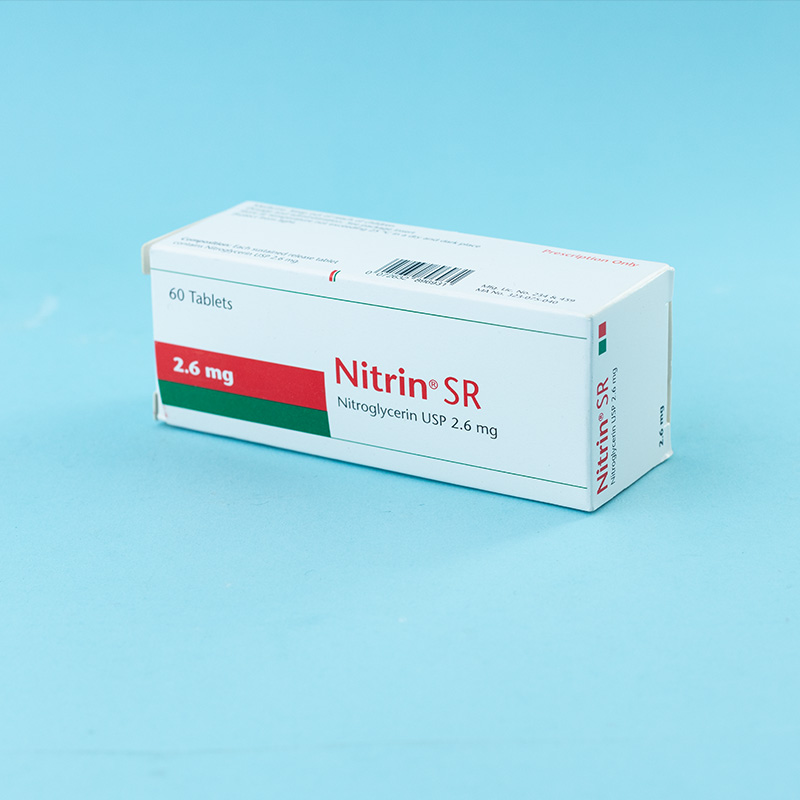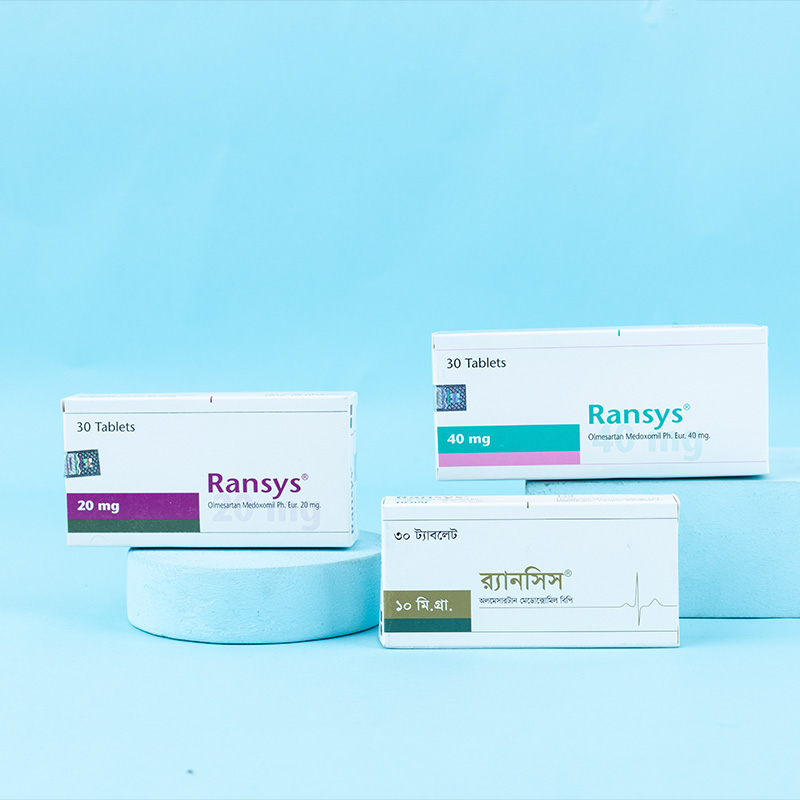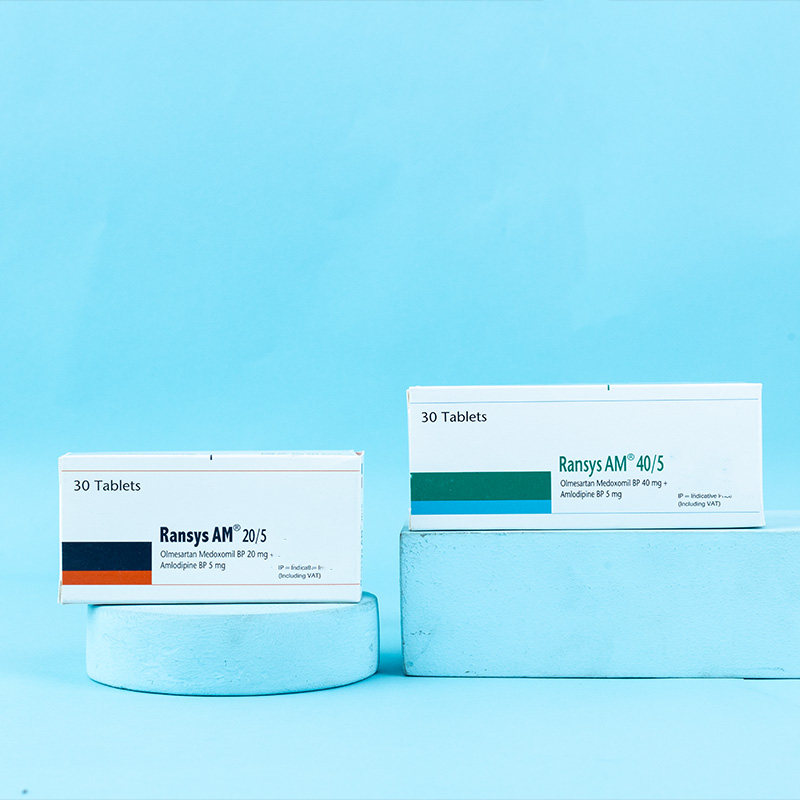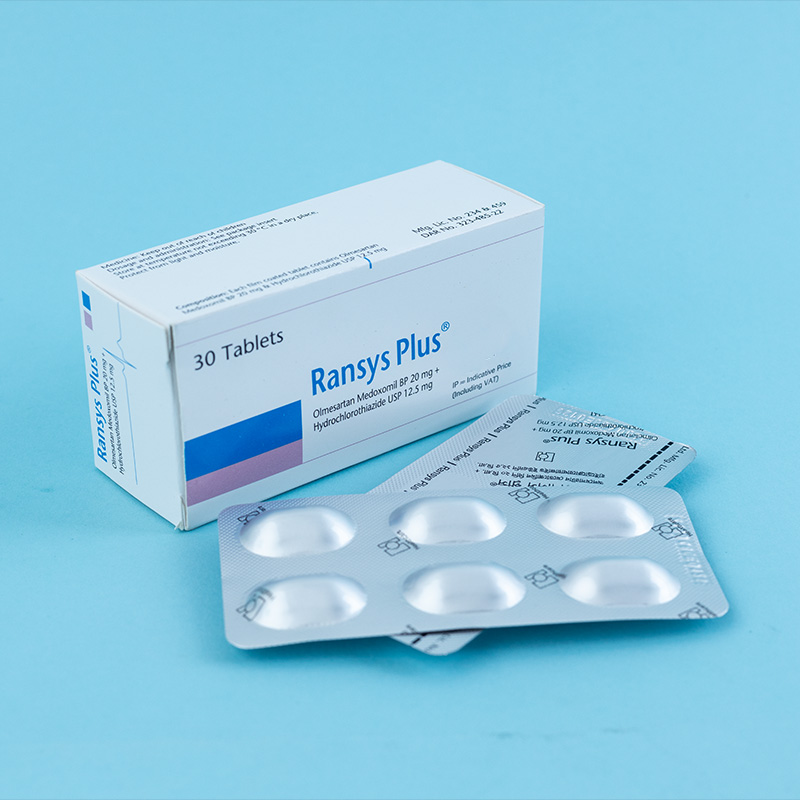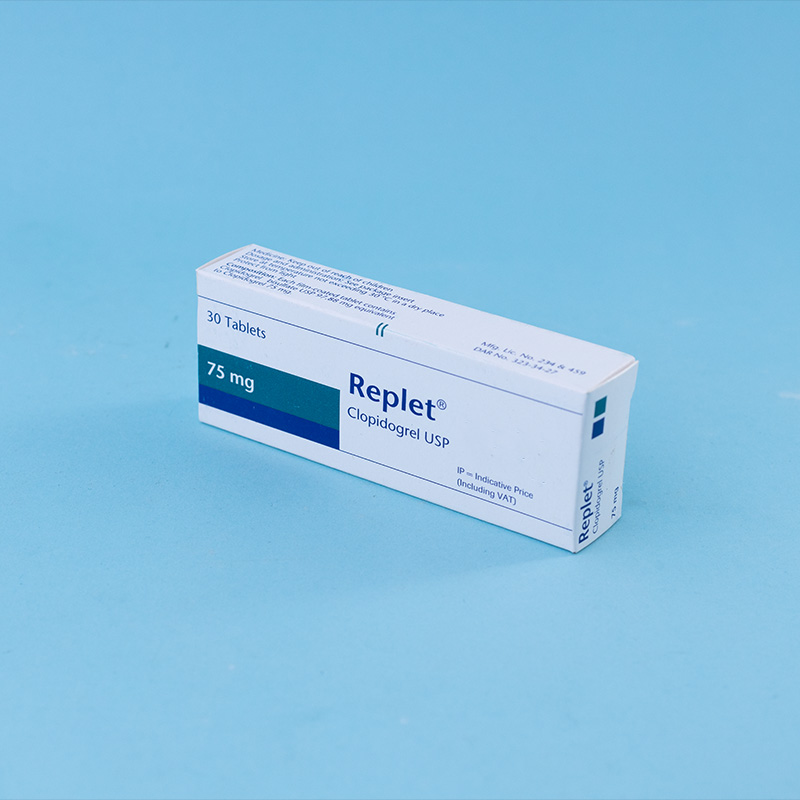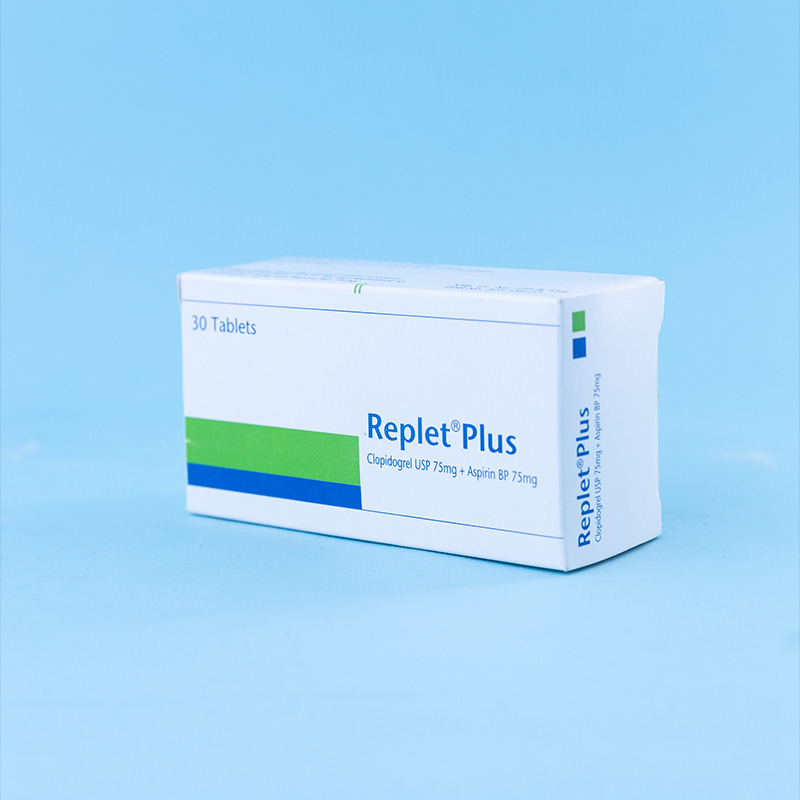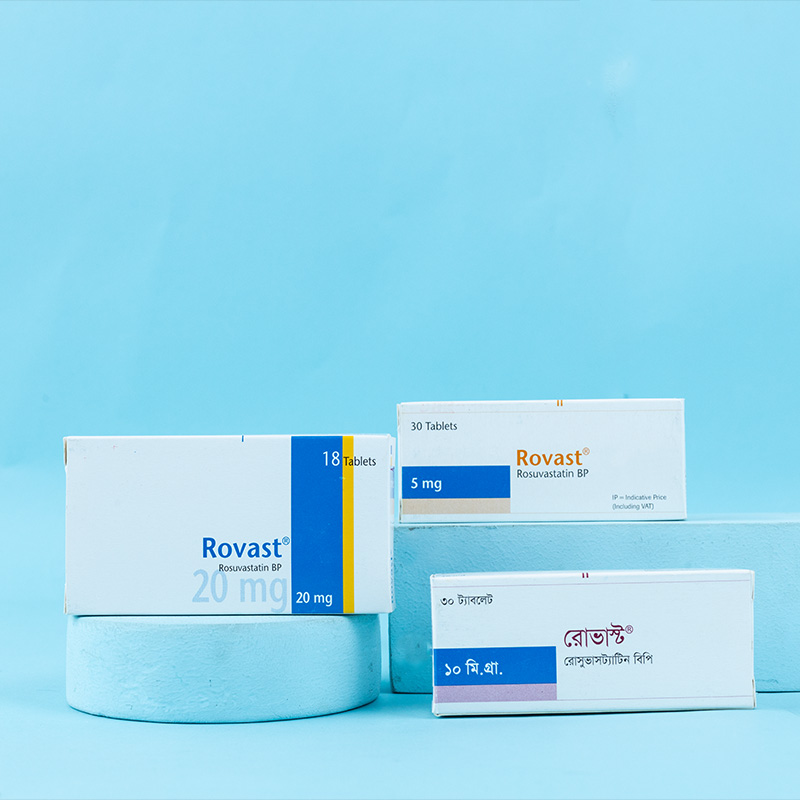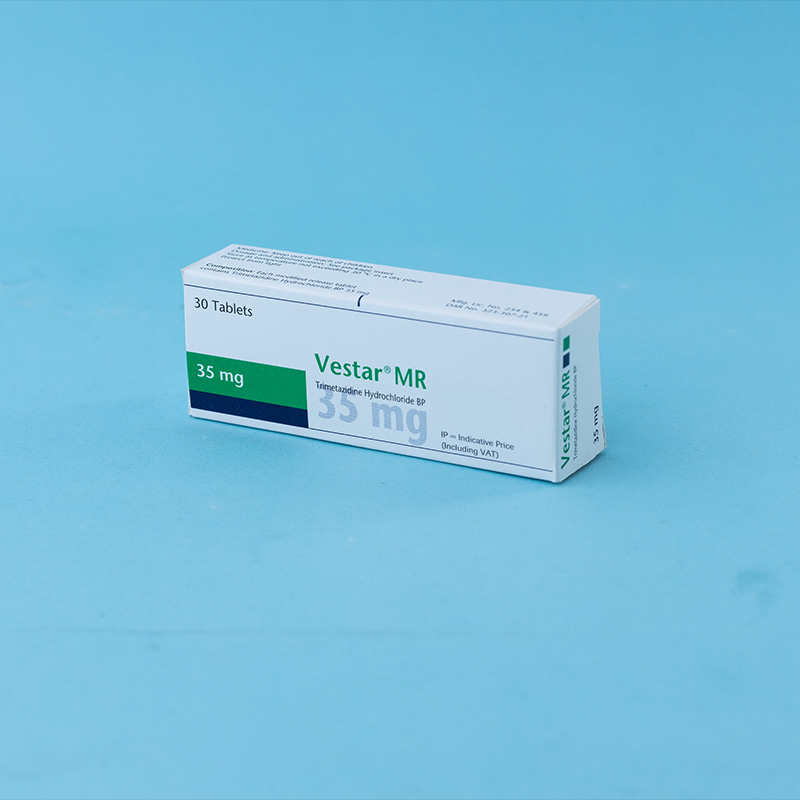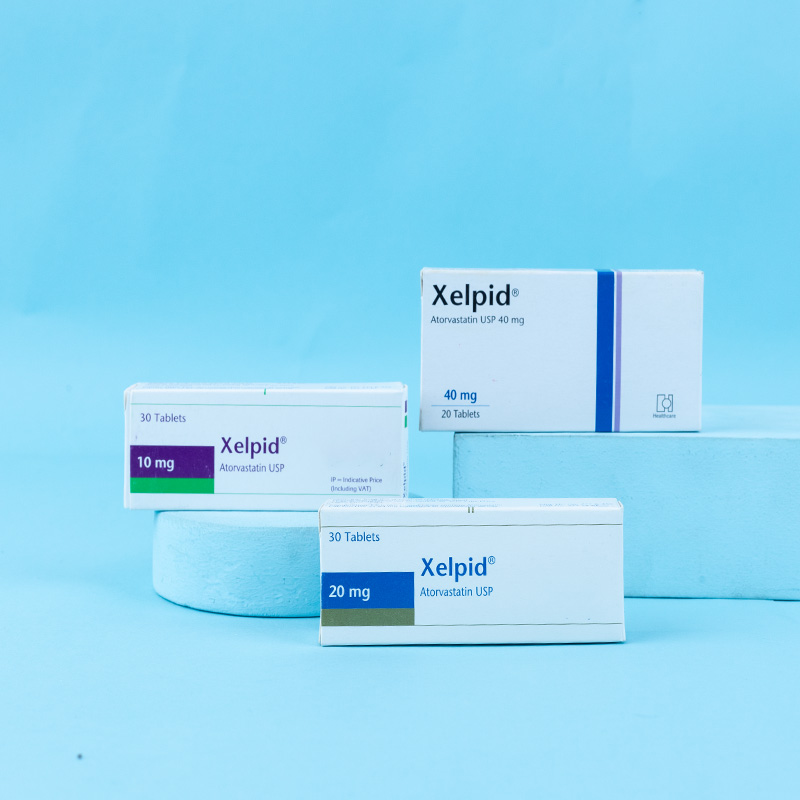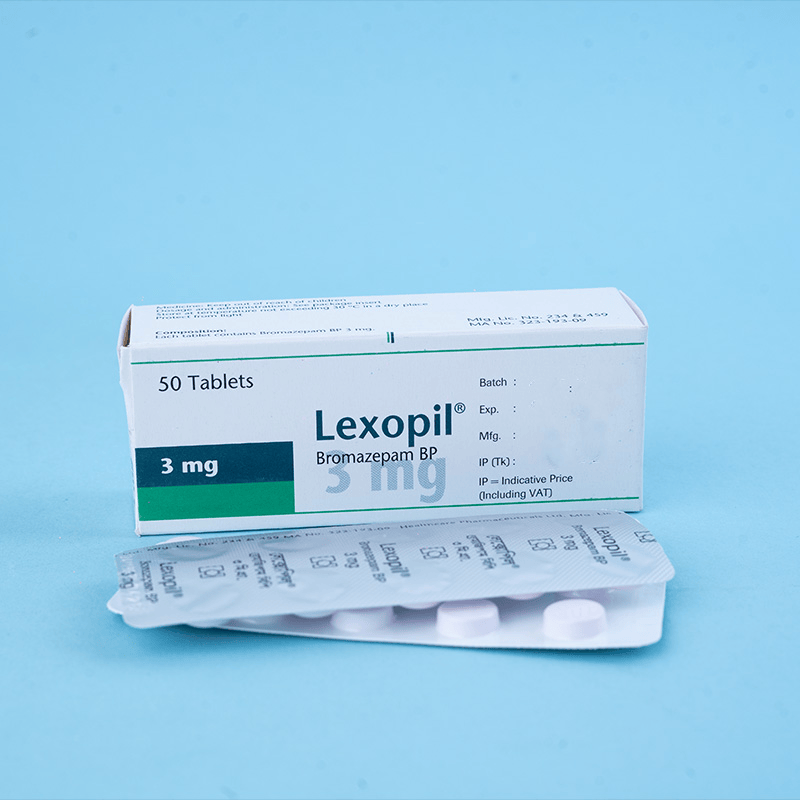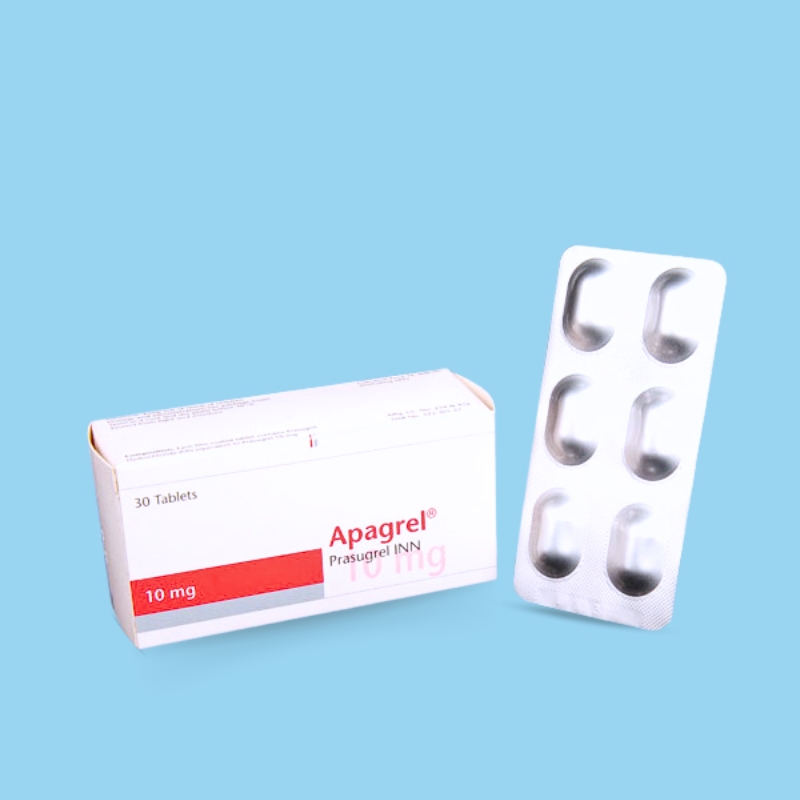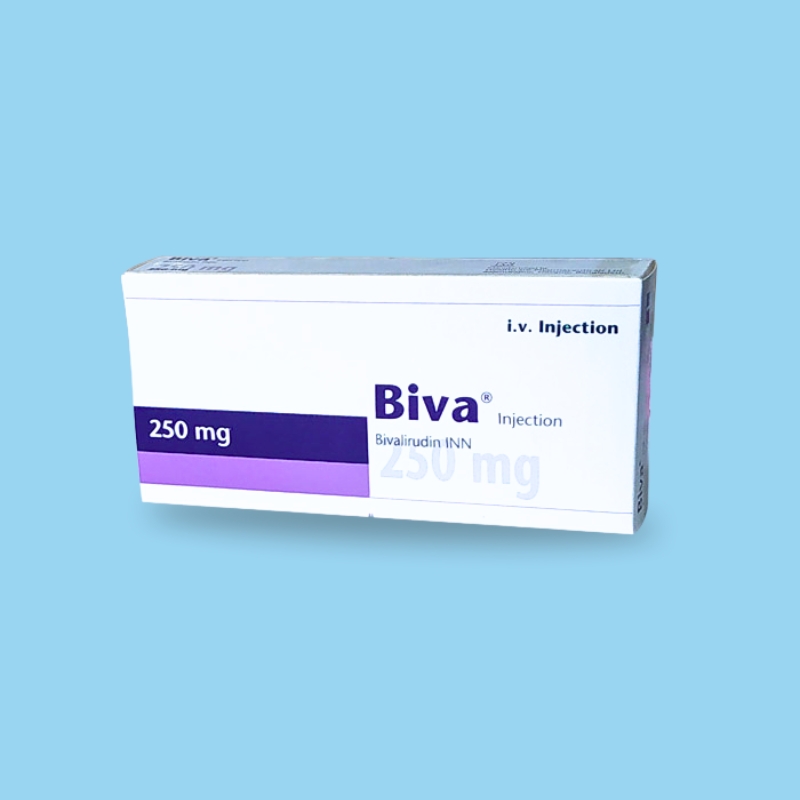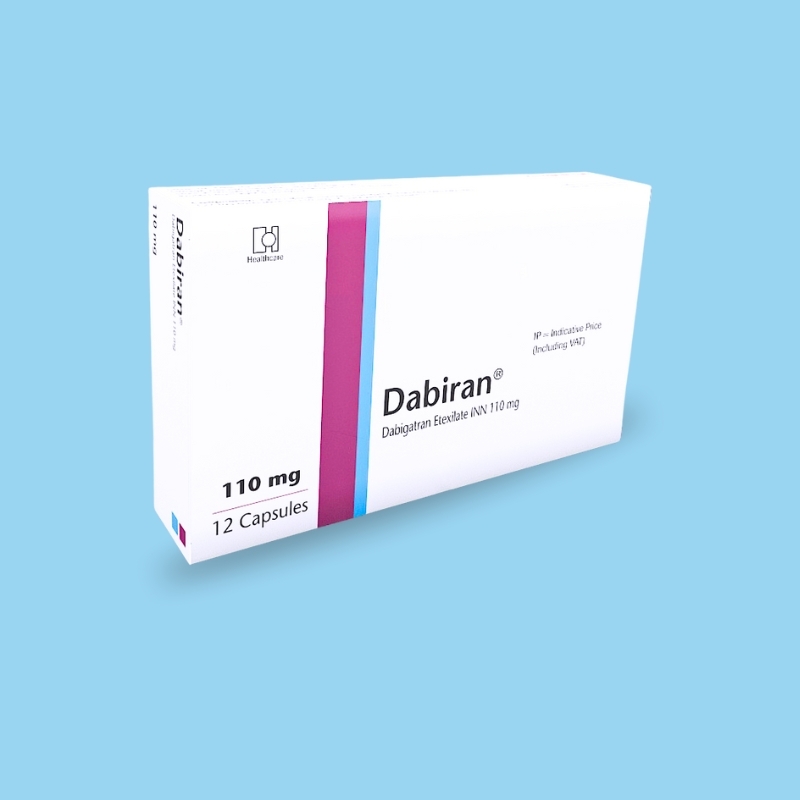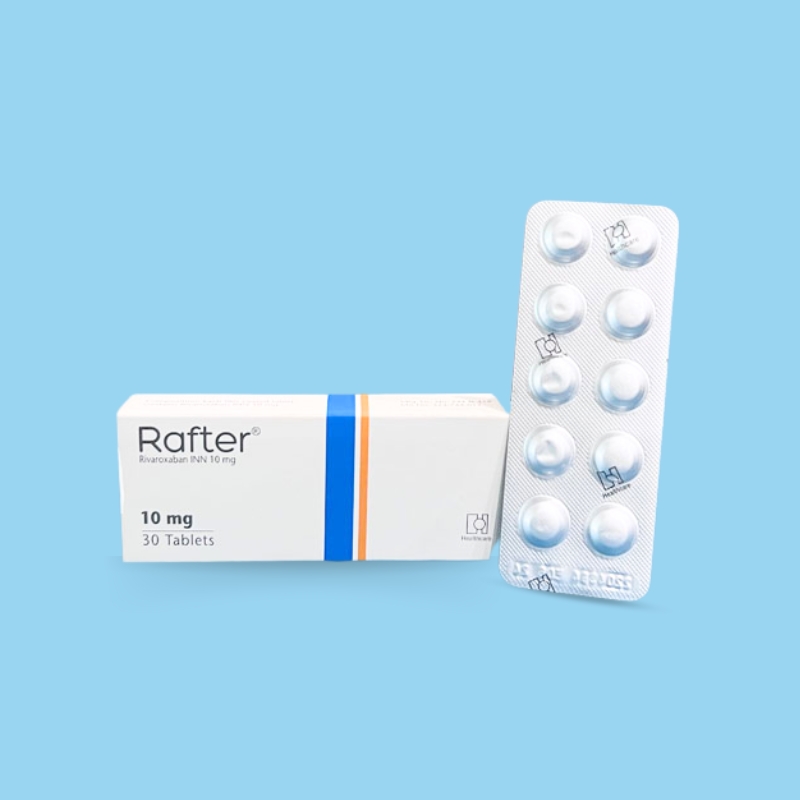Tenecteplase is a recombinant fibrin-specific plasminogen activator derived from native t-PA through modifications at three sites of the protein structure. It binds to the fibrin component of the thrombus (blood clot) and selectively converts thrombus-bound plasminogen to plasmin, which degrades the fibrin matrix of the thrombus. Tenecteplase has higher fibrin specificity and greater resistance to inactivation by its endogenous inhibitor (PAI-1) compared to native t-PA. Tenecteplase binds to fibrin-rich clots via the fibronectin finger-like domain and the Kringle 2 domain. The protease domain then cleaves the Arg/Val bond in plasminogen to form plasmin. Plasmin, in turn, degrades the fibrin matrix of the thrombus, thereby exerting its thrombolytic action.

Acute phase of myocardial infarction (AMI).

Tenecteplase should be administered based on body weight, with a maximum dose of 50 mg. The required dose should be administered as a single intravenous bolus over 5 to 10 seconds.

Remove the syringe from the supplied JMI complimentary pouch and aseptically withdraw 10 mL of Sterile Water for Injection (SWFI), USP, from the supplied diluent vial. Do not use Bacteriostatic Water for Injection, USP.
Inject the entire contents of the syringe (10 mL) into the Tplase® vial, directing the diluent stream into the powder. Slight foaming upon reconstitution is not unusual; any large bubbles will dissipate if the product is allowed to stand undisturbed for several minutes.
Gently swirl until the contents are completely dissolved. DO NOT SHAKE. The reconstituted preparation results in a colorless to pale yellow transparent solution containing Tplase® at 5 mg/mL, with a pH of approximately 7.30-7.50.
Determine the appropriate dose of Tplase® (see Dose Information Table) and withdraw this volume (in milliliters) from the reconstituted vial using the syringe. Any unused solution should be discarded.
Once the appropriate dose of Tplase® is drawn into the syringe, stand the shield vertically on a flat surface.

Tenecteplase is contraindicated in patients with:
Active internal bleeding
History of cerebrovascular accident
Intracranial or intraspinal surgery or trauma within the past two months
Intracranial neoplasm, arteriovenous malformation, or aneurysm
Known bleeding diathesis
Severe uncontrolled hypertension

Tenecteplase is contraindicated in patients with:
Active internal bleeding
History of cerebrovascular accident
Intracranial or intraspinal surgery or trauma within the past two months
Intracranial neoplasm, arteriovenous malformation, or aneurysm
Known bleeding diathesis
Severe uncontrolled hypertension

General: Standard management of myocardial infarction should be implemented concomitantly with Tplase® treatment. Arterial and venous punctures should be minimized. Noncompressible arterial puncture must be avoided, and internal jugular and subclavian venous punctures should also be avoided to minimize bleeding from noncompressible sites. In the event of serious bleeding, heparin and antiplatelet agents should be discontinued immediately. The effects of heparin can be reversed with protamine.
Readministration: The readministration of plasminogen activators, including Tplase®, to patients who have previously received plasminogen activator therapy has not been systematically studied. Among 487 patients tested for antibody formation to Tplase®, three had a positive antibody titer at 30 days. These data reflect the percentage of patients whose test results were considered positive for antibodies to Tplase® in a radioimmunoprecipitation assay. However, results are highly dependent on the sensitivity and specificity of the assay. Additionally, antibody test results may be influenced by factors such as sample handling, concomitant medications, and underlying disease. Although sustained antibody formation in patients receiving one dose of Tplase® has not been documented, readministration should be undertaken with caution.
Hypersensitivity: Hypersensitivity reactions, including urticarial and anaphylactic responses, have been reported after Tplase® administration (e.g., anaphylaxis, angioedema, laryngeal edema, rash, and urticaria). Patients should be monitored during and for several hours after infusion. If symptoms of hypersensitivity occur, appropriate therapy should be initiated immediately.

Bleeding
The most frequent adverse reaction associated with Tplase® is bleeding. If serious bleeding occurs, concomitant heparin and antiplatelet therapy should be discontinued immediately. Stroke or severe bleeding episodes can lead to death or permanent disability. In the ASSENT-2 trial, the incidence of intracranial hemorrhage was 0.9%, and any stroke occurred in 1.8% of Tplase®-treated patients. The risk of stroke, including intracranial bleeding, increases with age.
Major bleeding (excluding intracranial bleeding) and the need for blood transfusions were lower in patients treated with Tplase®. Types of major bleeding reported in ≥1% of patients included:
Hematoma (1.7%)
Gastrointestinal tract bleeding (1%)
Types of major bleeding reported in <1% of patients included:
Urinary tract
Puncture site (including cardiac catheterization site)
Retroperitoneal
Respiratory tract
Unspecified
Types of minor bleeding reported in ≥1% of patients included:
Hematoma (12.3%)
Urinary tract (3.7%)
Puncture site (3.6%)
Pharyngeal (3.1%)
Gastrointestinal tract (1.9%)
Epistaxis (1.5%)
Unspecified (1.3%)
Carcinogenesis, Mutagenesis, Impairment of Fertility
Animal studies have not been conducted to evaluate the carcinogenic potential, mutagenicity, or effects on fertility.

In cases of myocardial infarction during pregnancy, the benefits of treatment must be weighed against potential risks. It is unknown whether tenecteplase is excreted into breast milk.
Nursing Mothers: Because many drugs are excreted in human milk, caution should be exercised when administering tenecteplase to a nursing woman.
Pediatric Use: The safety and efficacy of tenecteplase in pediatric patients have not been established.

In the ASSENT-2 trial, the 30-day mortality rates were:
2.5% for patients under 65 years
8.5% for patients aged 65-74 years
16.2% for patients aged 75 years and older
Elderly patients have a higher risk of intracranial hemorrhage (ICH) and other bleeding complications, and the benefits of tenecteplase should be carefully weighed against the risks.

Reported adverse reactions in clinical trials include:
Cardiogenic shock
Arrhythmias
Atrioventricular block
Pulmonary edema
Heart failure
Myocardial rupture
Pericarditis
Nausea and/or vomiting
Hypotension
Fever

No formal interaction studies have been conducted, but medications affecting coagulation or platelet function may increase bleeding risk.

No formal interaction studies have been conducted, but medications affecting coagulation or platelet function may increase bleeding risk.

Overdose may lead to increased bleeding risk. In severe cases, plasma or platelets may be considered as substitution therapy.

Store lyophilized Tplase® at ≤30°C or in a refrigerator at 2-8°C.
Keep out of reach of children.


